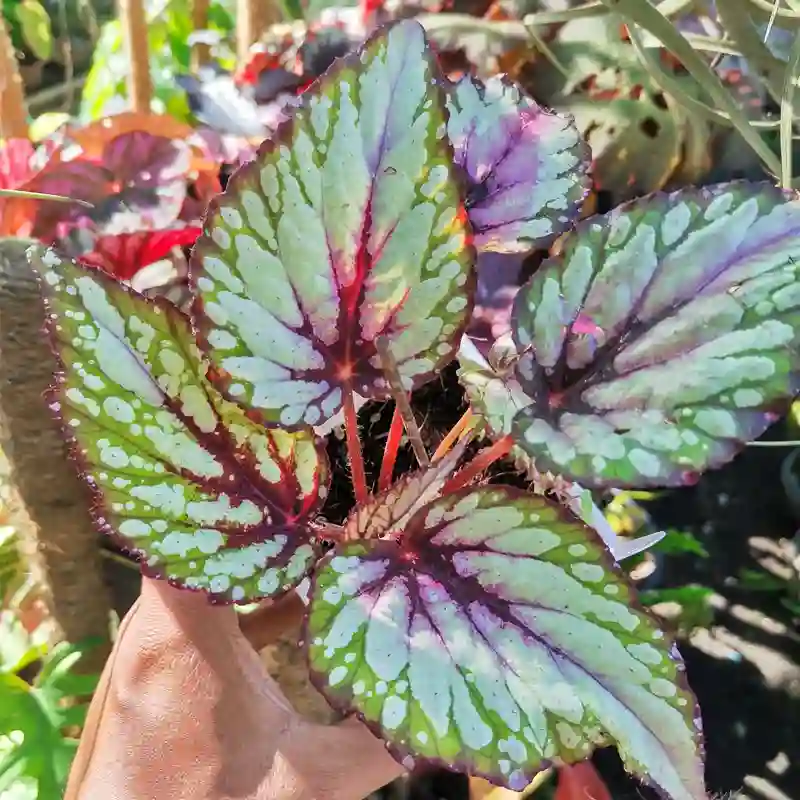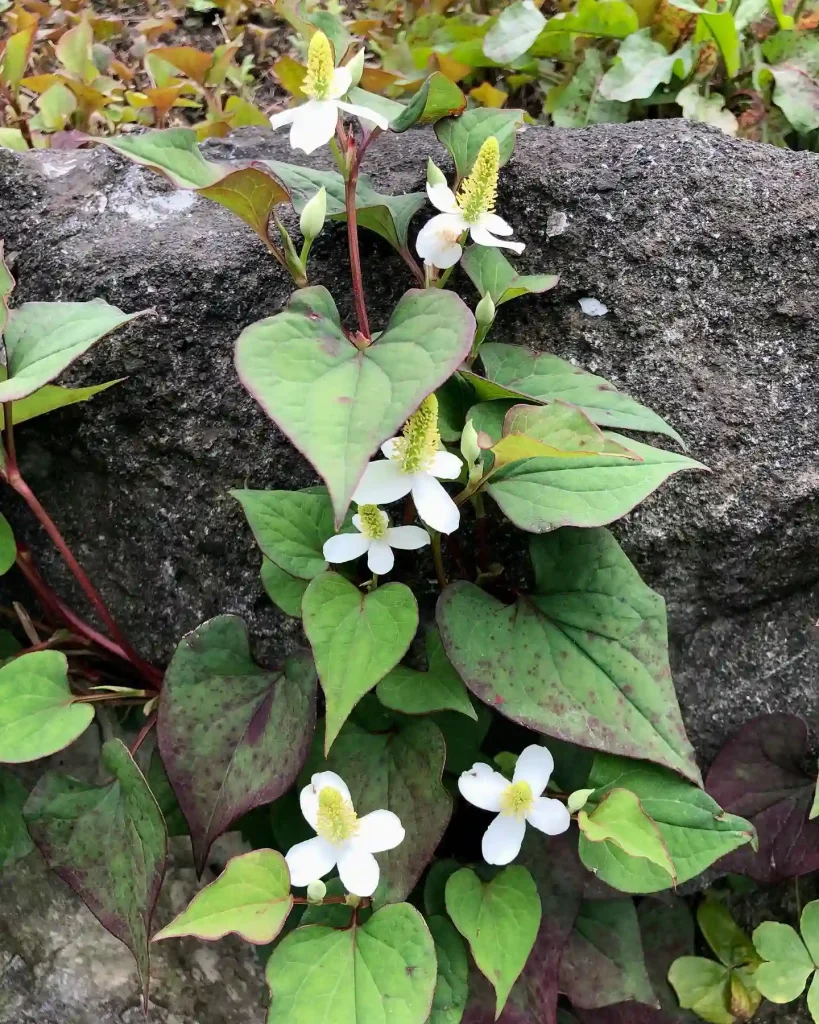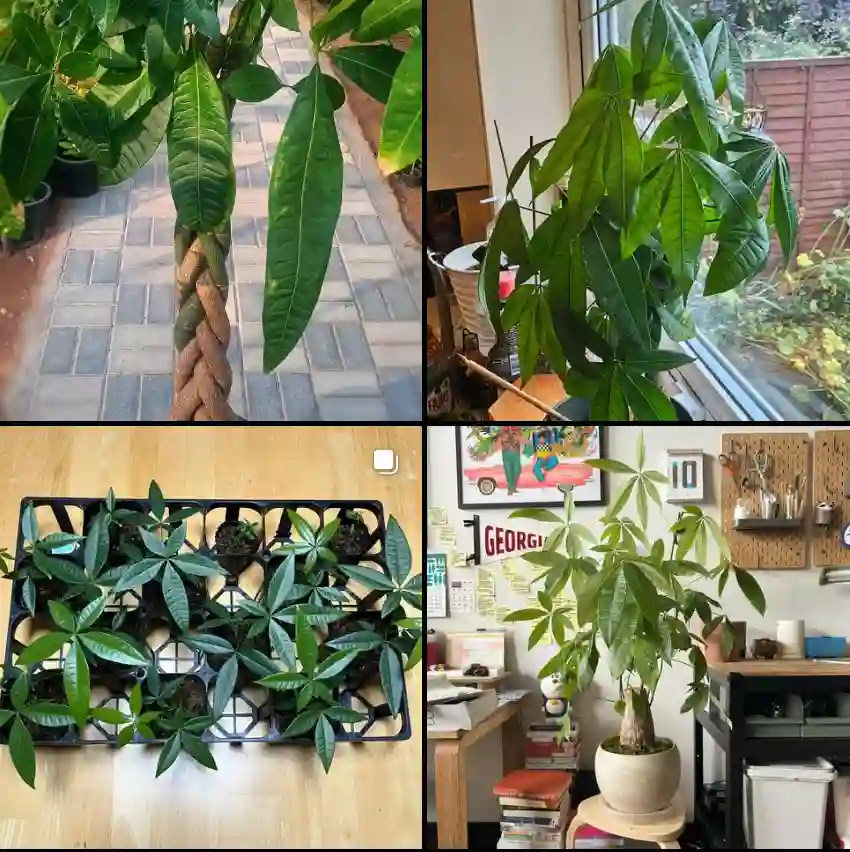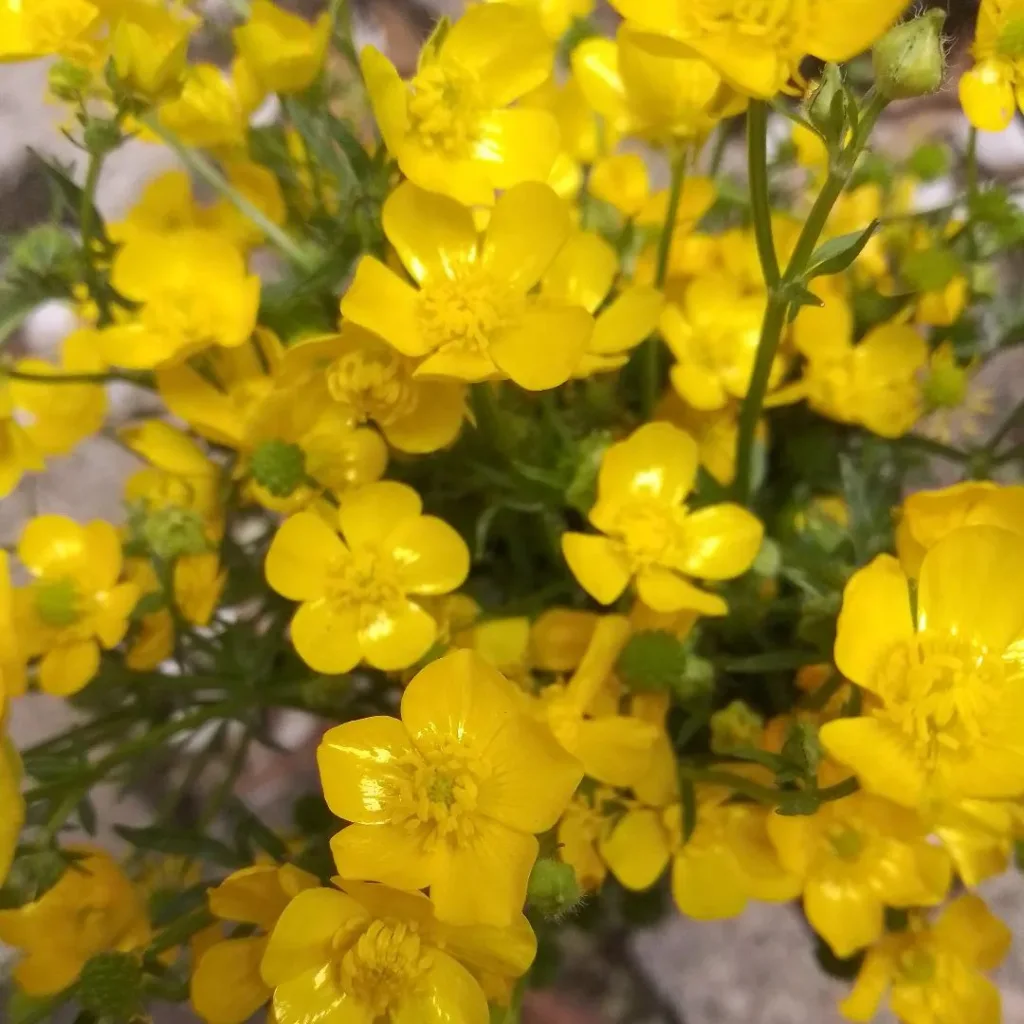The Allure of the Burkwood Viburnum: A Gardener’s Guide
For years, I’d been on the hunt for a shrub that could add a touch of elegance and fragrance to my garden. After much browsing and deliberation, I stumbled upon the Burkwood Viburnum, and it was love at first sight (or should I say, first sniff?). This beauty boasts not only stunning visuals but also an intoxicating aroma that fills the air come spring. But before I eagerly brought one home, I delved deeper to understand its needs and ensure it would thrive in my garden.
Here, I share my learnings about the Burkwood Viburnum, hoping to guide fellow gardening enthusiasts like myself.
206 Species in Genus Viburnum
Burkwood viburnum vs korean spice
I’ve grown Burkwood Viburnum in my garden, and its subtle fragrance and dense foliage have always been a delight. Korean Spice Viburnum, on the other hand, has a more pronounced spicy scent that fills the air beautifully in early spring.
Mohawk viburnum vs burkwood viburnum
When I compared Mohawk Viburnum to Burkwood Viburnum, I noticed that Mohawk had a more compact growth habit and brighter red berries. Burkwood, while lovely, had a slightly more open growth and less vibrant fruit, though its evergreen leaves were always a strong point.
Is Burkwood Viburnum Fragrant?
Absolutely! This is perhaps the most captivating feature of the Burkwood Viburnum. In early spring, it explodes with clusters of pinkish-white flowers that emit a delightful spicy-sweet fragrance. It’s a true sensory treat, transforming your garden into a haven of perfume.
How Fast Does Burkwood Viburnum Grow?
The Burkwood Viburnum is a patient grower, typically adding 12 to 18 inches per year. While it might not be the fastest on the block, its steady growth ensures a well-established, long-lasting addition to your landscape.
Is Burkwood Viburnum Evergreen?
This depends on your climate. In warmer zones (USDA zones 7 and 8), the Burkwood Viburnum can retain some of its foliage throughout winter, earning its semi-evergreen status. However, in colder regions, it sheds its leaves, revealing its graceful branching structure.
Is Burkwood Viburnum Deer Resistant?
This is good news for gardeners like me who often find their prized plants devoured by deer. The Burkwood Viburnum, thankfully, is not particularly appealing to these herbivores. While deer might occasionally nibble on it, they’re more likely to leave it untouched and move on to tastier treats.
Where to Plant Burkwood Viburnum?
The Burkwood Viburnum thrives in a location with full to partial sun. It appreciates well-drained soil and can tolerate a range of soil types, from slightly acidic to slightly alkaline. When choosing a spot, consider its mature size (reaching around 8-10 feet tall and 6-7 feet wide) and ensure it has ample space to grow without crowding other plants.
How to Care for Burkwood Viburnum?
The Burkwood Viburnum is a low-maintenance shrub that rewards you with minimal effort. Regular watering, especially during the first year after planting, is crucial for its establishment. Once established, it’s quite drought tolerant. A light application of fertilizer in early spring can further encourage healthy growth and flowering. Pruning can be done after flowering to maintain its desired shape and size.
How to Propagate Burkwood Viburnum?
If you want to expand your collection of Burkwood Viburnums, you can propagate them through softwood cuttings taken in early summer. Alternatively, hardwood cuttings taken in late winter can also be successful.
What to Plant with Burkwood Viburnum?
The Burkwood Viburnum’s elegant form and fragrant blooms make it a versatile companion for other plants. Here are a few ideas:
- Spring-flowering bulbs: Daffodils, tulips, and hyacinths create a colorful display alongside the Burkwood Viburnum’s early blooms.
- Summer-blooming perennials: Astilbes, ferns, and hostas provide textural contrast and visual interest throughout the summer months.
- Evergreen shrubs: Combine the Burkwood Viburnum with hollies or boxwoods for year-round greenery.
Is Burkwood Viburnum Native?
The Burkwood Viburnum is not native to North America. It’s a hybrid originating from the crossing of Viburnum carlesii and Viburnum utile, both native to East Asia. However, it has adapted well to various growing conditions in North America and makes a beautiful addition to gardens across the continent.
With its captivating fragrance, attractive flowers, and low-maintenance nature, the Burkwood Viburnum has become a cherished resident of my garden. By following these simple tips, you too can cultivate this delightful shrub and enjoy its beauty for years to come.
If i die, water my plants!



